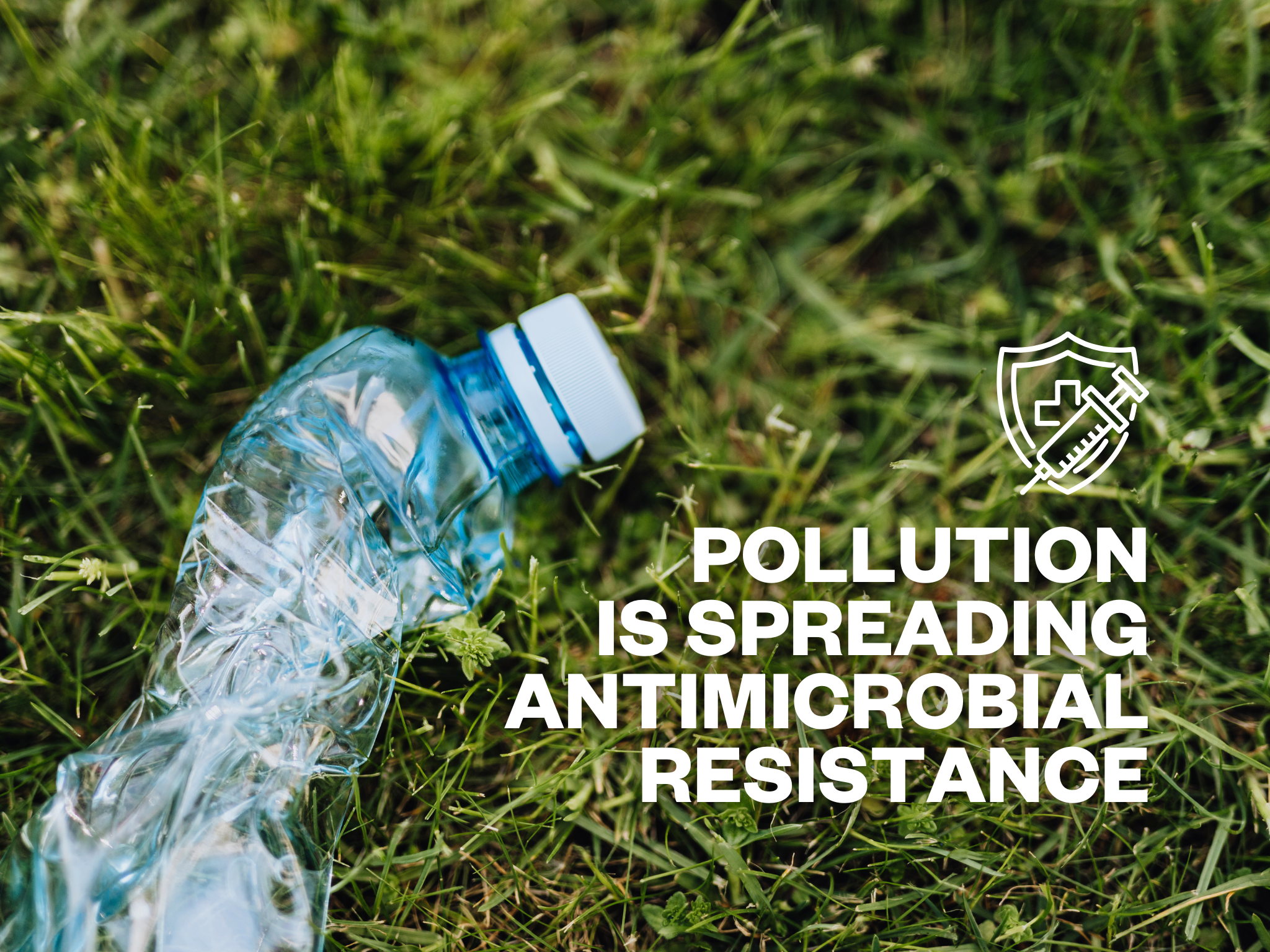AMR Unchecked
Antimicrobial resistance is more than a future risk—we are watching it reshape global health in live time, and the long-term implications could be catastrophic without decisive action. Vaccines are a powerful but underutilized lever in this battle; keep reading to find out why.

Today marks the end of World Antimicrobial Awareness Week, but the start of a long road to combating the persistent and escalating crisis of AMR.
A Snapshot of Unraveling Medical Progress
According to a recent report from the World Health Organization, one out of every six lab-confirmed common bacterial infections that affect people worldwide were resistant to first-line antibiotics in 2023. Between 2018 and 2023, more than 40% of the microbial pathogens that WHO monitors—linked to infections like those of the urinary and gastrointestinal tracts, the bloodstream, and others—saw increased resistance to antibiotics. In some cases, the annual increase in resistance is 5-15%. And the trend continues today.
This data paints a worrying picture. If common bacterial infections can no longer be reliably treated, we could backslide to a world where a simple infection becomes life-threatening, derailing decades of progress. Effective antimicrobials are not only needed to address specific infections, but are also integral to a host of routine medical procedures, from surgeries to cancer therapy to organ transplants. AMR threatens to make these procedures riskier or even unsafe.
And on top of it all, AMR comes with a high price tag. The WHO projects $1 trillion to $3.4 trillion in losses to the global GDP by 2030 due to hospitalizations, lost productivity, and other negative consequences associated with AMR, with numbers skyrocketing through 2050 if the crisis is left unaddressed.
One Health: The Environmental Drivers of AMR
We don’t need to tell you that pollution is bad. But did you know it plays a role in spreading AMR?
On the heels of COP30, the spotlight is on the environmental factors amplifying the AMR threat—and microplastic pollution is one of them.

Research shows that microplastics act as surfaces for microbial biofilms, which protect bacteria and facilitate the exchange of resistance genes. These “plastiomes” can become reservoirs for superbugs, contributing to their spread across ecosystems. Moreover, during the extraction of raw materials used for fossil fuels (e.g., oil, natural gas, and coal), biocide chemicals are used to prevent bacteria from colonizing equipment. These chemicals may spill over into their surrounding environment, driving AMR and the sharing of resistance genes across biofilms.
Humans aren’t the only species facing the consequences of AMR. Resistance also spreads to infections that infect animals, permeating the agriculture and livestock industry. Such trends can lead to food insecurity in already-vulnerable areas, but also feed into wider, dangerous feedback loops. Take bird flu, for example: as AMR spreads, it reduces our ability to treat outbreaks in livestock, leading to more illness that necessitates the use of antibiotics, and the loop continues—all while consumer prices for eggs or that Thanksgiving turkey skyrocket.
More generally, climate change exacerbates AMR by increasing disease prevalence, triggering displacement, and stressing sanitation systems—all of which encourage resistance. Uncoincidentally, low- and middle-income countries happen to bear the brunt of climate change’s impacts while also being disproportionately affected by AMR.
Reducing the overall burden of resistant bacteria in human and environmental reservoirs will slow AMR evolution. Given this added environmental factor, preventing infections across the One Health spectrum before antibiotics can even be considered is key—and vaccines are one way to get us there.
Vaccines on the Frontlines
Immunization is not just a stopgap—it is one of our most strategic long-term defenses against AMR. Gavi, the Vaccine Alliance estimates that current and future vaccines could avert over half a million AMR-linked deaths every year, save $30 billion in hospital costs alone, and reduce antibiotic use by 2.5 million doses annually.
Vaccines prevent infections before they can crop up, thereby lowering the need for antibiotics. And when fewer people get sick, there is less demand for treatment—and less opportunity for resistance to develop.
To go a step further, vaccines do not discriminate between drug-sensitive and drug-resistant strains—they prevent both. This helps to minimize the overall pool of infection, including those that may prompt unwarranted antibiotic use.
But despite its power, immunization remains under-recognized in many national AMR strategies. Gavi has highlighted that, in a review of 108 national AMR action plans, only 13% included vaccination as a core strategy.
If vaccination coverage continues to falter—whether due to interruptions in routine immunization programs or damaging misinformation—we lose not just immediate disease protection, but a primary safeguard against the long-term acceleration of resistance.

The Long Haul
Antimicrobial resistance isn’t just a clinical problem; it’s a global health problem that threatens economies, health equity, the food system, and the environment. Fighting it will likewise require action on many fronts: reductions in pollution, better animal health practices, development of next-generation antibiotics, and investments in immunization and other forms of prevention to reduce disease.
The long-term stakes of failing to address this not-so-silent pandemic couldn’t be clearer.
Antimicrobial Awareness Week spotlights how decisions today will shape decades to come. Let’s make the right ones.
For more on AMR, check out Shot@Life’s Resource Library.

